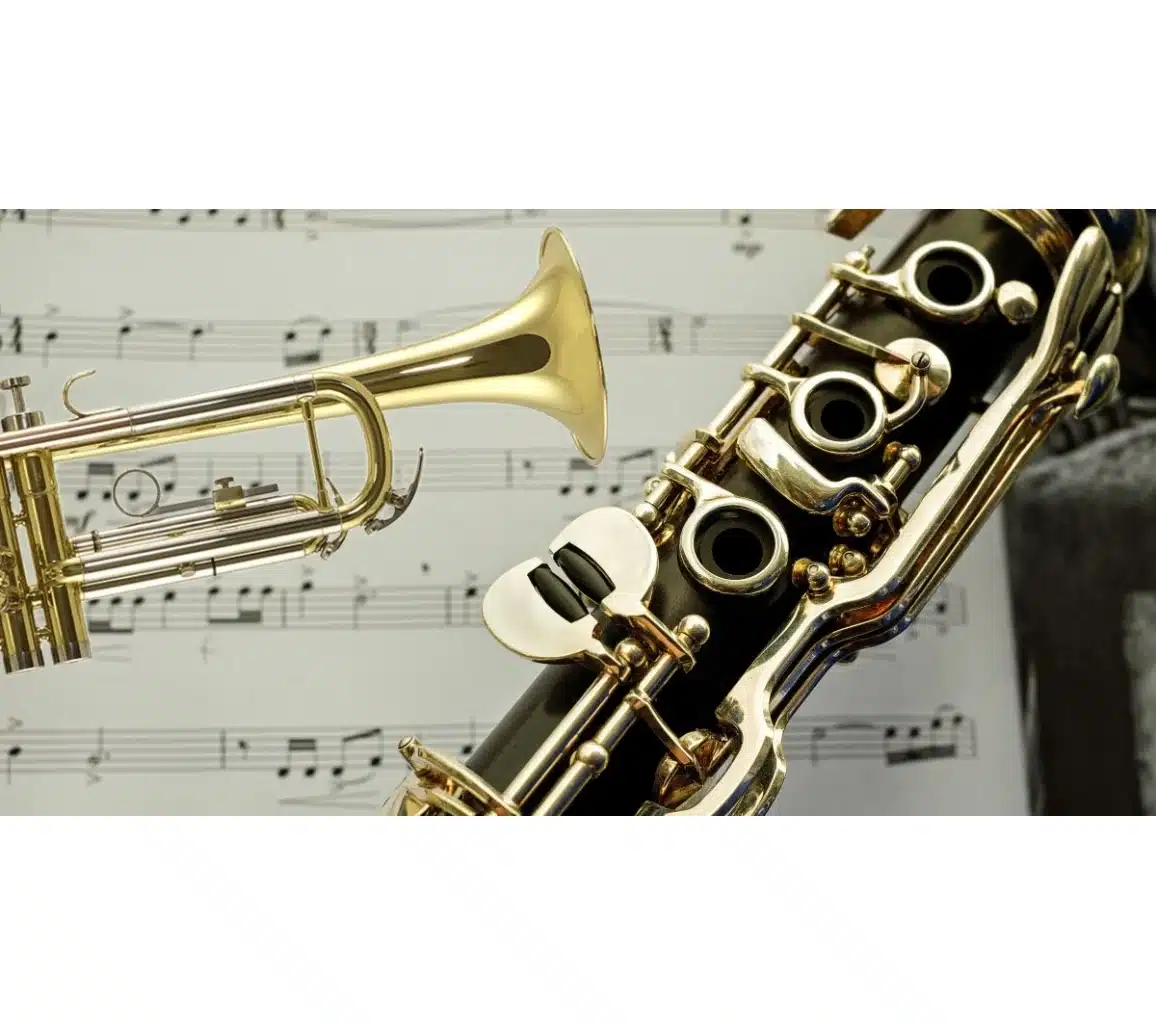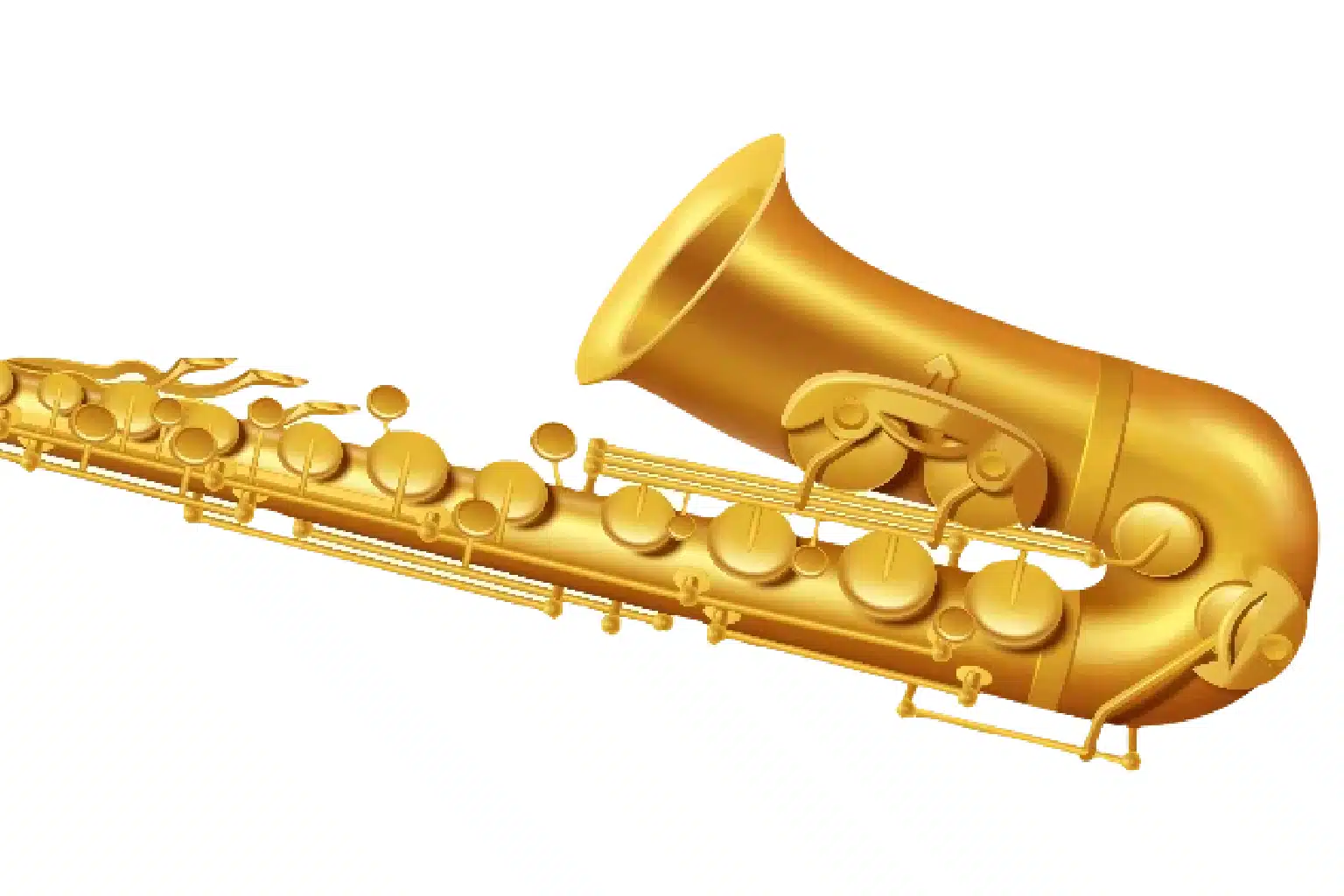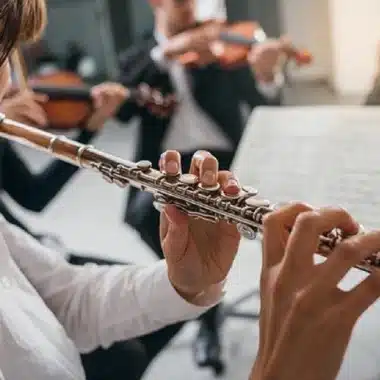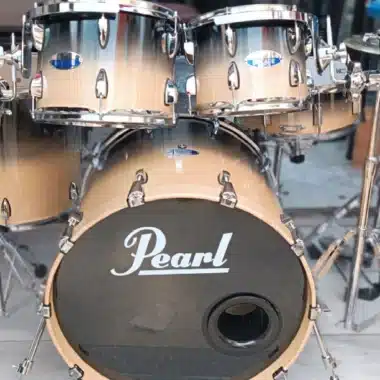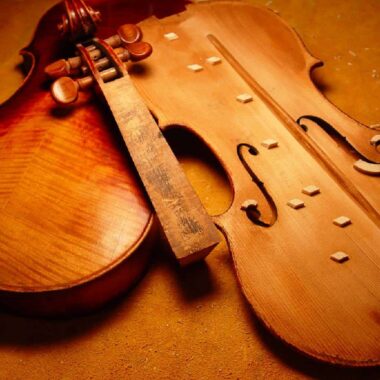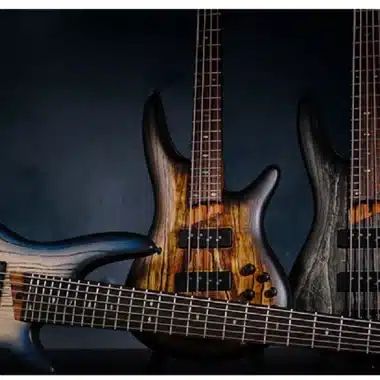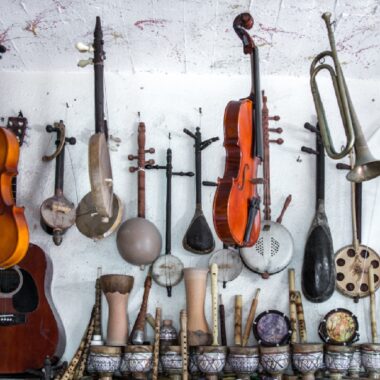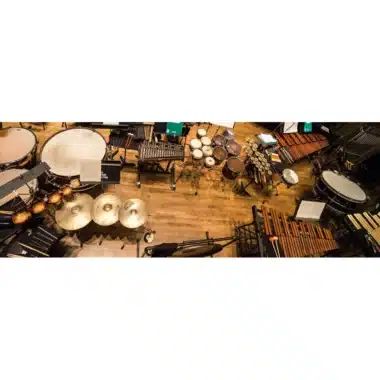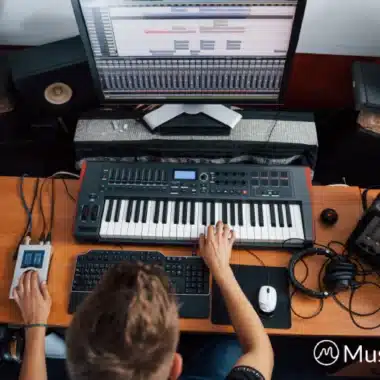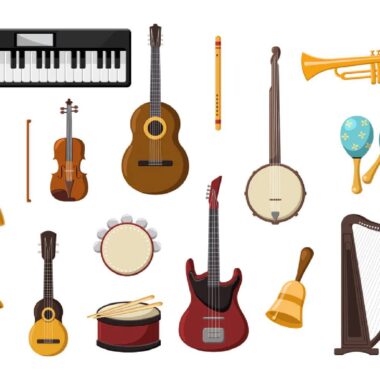Exploring the World of Wind Instruments: A Journey through History, Sound, and Culture
1. The Origins and Evolution of Wind Instruments
Wind instruments have a long and fascinating history, tracing back thousands of years to early civilizations that used them in rituals, ceremonies, and communication. The earliest known wind instruments, often crafted from natural materials like bone, wood, or reeds, provided a way for people to create music by harnessing the power of air. Some of the oldest examples, such as bone flutes found in Europe dating over 40,000 years, demonstrate that early humans recognized the expressive potential of these instruments. By blowing into hollowed-out bones or reeds, they created sounds that could mimic nature, convey emotions, or signal across distances.
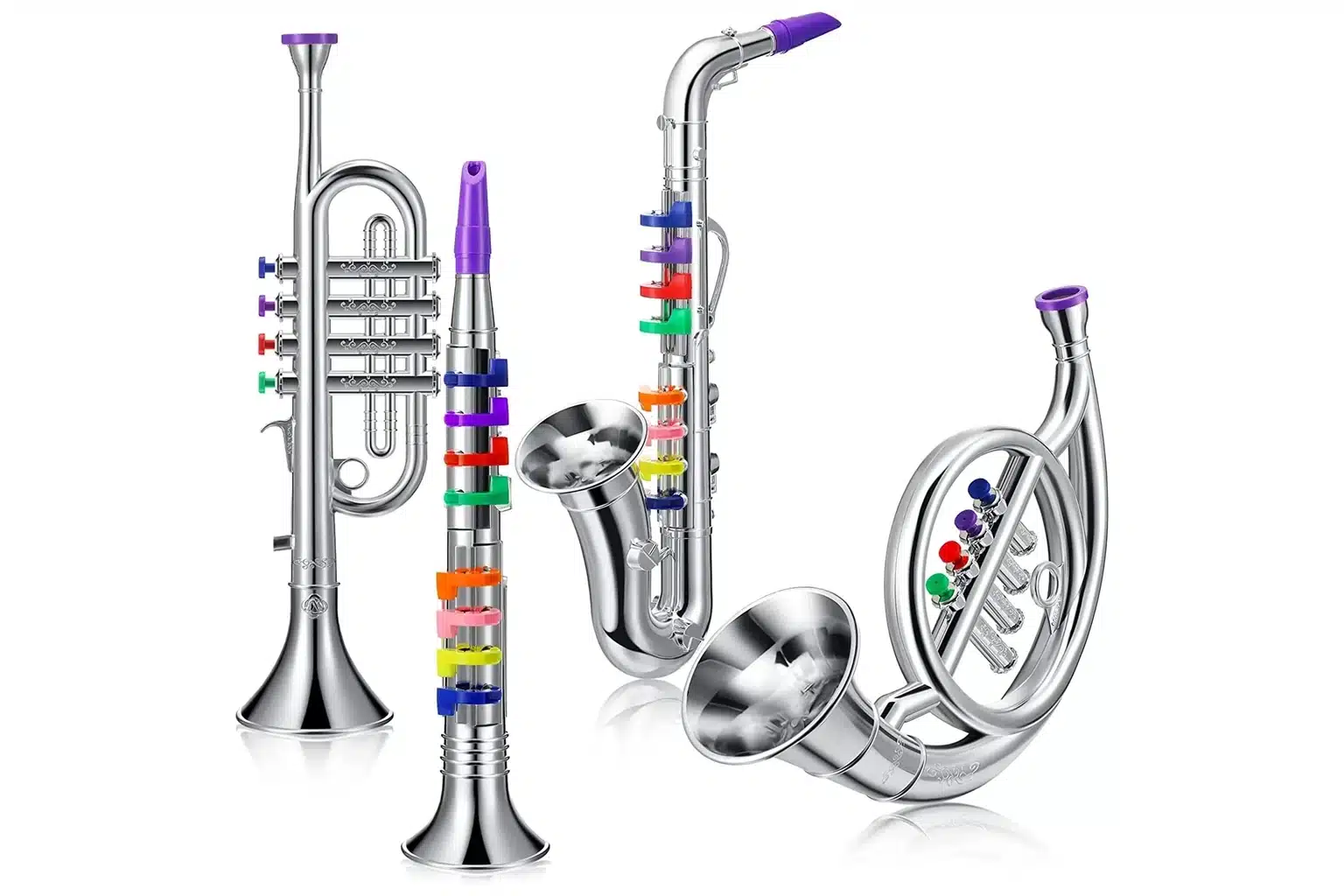 As civilizations developed, so did wind instruments, gradually becoming more complex in both form and function. Ancient Egyptian and Mesopotamian cultures, for instance, created simple reed instruments that later evolved into more intricate flutes and horns. In Greece, the aulos—a double-reeded instrument—was integral to many social and religious events. Similarly, China’s use of wind instruments, like the bamboo flute or dizi, dates back thousands of years, playing a prominent role in traditional music and ceremonies. These instruments were not only musical tools but also deeply embedded in the cultural fabric of their societies.
As civilizations developed, so did wind instruments, gradually becoming more complex in both form and function. Ancient Egyptian and Mesopotamian cultures, for instance, created simple reed instruments that later evolved into more intricate flutes and horns. In Greece, the aulos—a double-reeded instrument—was integral to many social and religious events. Similarly, China’s use of wind instruments, like the bamboo flute or dizi, dates back thousands of years, playing a prominent role in traditional music and ceremonies. These instruments were not only musical tools but also deeply embedded in the cultural fabric of their societies.
The Middle Ages and Renaissance periods marked a significant shift in the development of modern wind instruments in Europe. This era saw the rise of brass instruments, such as the early trumpet, which was initially used for military and ceremonial purposes. The craftsmanship improved as well, with artisans experimenting with metal and wood to create instruments with more consistent sound quality and range. By the Renaissance, wind instruments became more standardized and were increasingly incorporated into compositions for courts and noble gatherings.
The Baroque period brought further advancements with the development of more sophisticated woodwinds, including the modern oboe and bassoon. Wind instruments became integral to classical compositions, and composers like Bach and Handel began writing dedicated parts for flutes, trumpets, and oboes in orchestras. By the 18th and 19th centuries, the Industrial Revolution facilitated even greater innovation in instrument-making, as mechanized manufacturing allowed for improved precision and the creation of complex key systems. These enhancements expanded the technical possibilities of wind instruments, allowing for greater musical expression.
Today, wind instruments continue to evolve. Modern technologies have introduced electronic wind instruments and synthesized versions that imitate traditional sounds. However, the essence of wind instruments—their ability to turn breath into sound—remains timeless. Whether in traditional folk music, classical symphonies, or modern jazz ensembles, wind instruments connect us to a deep musical history and continue to be powerful tools for artistic expression across genres and cultures.
2. Key Types of Wind Instruments
Wind instruments are generally divided into two main families: woodwinds and brass, each with unique characteristics and sound production methods. Both families produce sound by channeling air through the instrument, but they differ in materials, structure, and how players create vibrations to generate tones.
Woodwind instruments include flutes, clarinets, oboes, saxophones, and bassoons. Traditionally made of wood (hence the name), many are now crafted from metal or plastic, particularly modern flutes and saxophones. Woodwinds produce sound either by blowing air across an opening, as in the flute, or through the use of reeds. For example, the clarinet and saxophone use a single reed that vibrates against a mouthpiece, while the oboe and bassoon use double reeds, creating a distinctive, rich timbre. Woodwinds are valued for their versatile tones, which can range from smooth and mellow to bright and piercing, making them integral to orchestras, jazz bands, and solo performances.
Brass instruments, including the trumpet, trombone, French horn, and tuba, are typically made of metal and rely on the player’s lips vibrating against a cup-shaped mouthpiece to produce sound. The length and diameter of brass instruments affect their pitch and tone, and most have valves or slides to alter the tubing length, enabling different notes. Brass instruments are known for their powerful, resonant sounds that can carry over large spaces, making them popular for fanfares, classical symphonies, and jazz ensembles.
Each type of wind instrument brings unique qualities to music, contributing both harmony and melody across genres. By exploring woodwinds and brass, musicians tap into centuries of innovation and artistic expression, utilizing the diverse capabilities of these instruments to shape their musical landscape.
5. The Role of Wind Instruments in Different Musical Genres
Wind instruments, with their wide tonal range and expressive capabilities, play a central role in a variety of musical genres. From the smooth jazz saxophone to the triumphant orchestral trumpet, these instruments enrich music with unique textures, adding depth and versatility to countless styles. Each genre brings out distinct qualities in wind instruments, highlighting their adaptability and cultural significance.
In classical music, wind instruments have been essential to orchestral compositions for centuries. Composers like Mozart and Beethoven wrote intricate parts for woodwinds and brass, making them crucial to symphonic works. Woodwinds, including flutes, oboes, and clarinets, often carry delicate, melodic lines that add warmth and color to the ensemble. Brass instruments like trumpets and horns bring power and grandeur, often taking the lead in fanfares and climactic moments. In smaller chamber music settings, wind instruments can stand out even more, allowing for expressive solo performances that convey a range of emotions.
Jazz is another genre where wind instruments play a transformative role. The saxophone, trumpet, and trombone are particularly iconic in jazz, each bringing a distinct sound that defines much of the genre’s style. In early jazz, trumpeters like Louis Armstrong popularized the instrument’s bright, bold sound, shaping the genre’s soundscape. Saxophonists like Charlie Parker and John Coltrane expanded jazz’s musical language, pushing the limits of the instrument through improvisation.
Wind instruments in jazz often take center stage, with musicians showcasing their skills through solos that explore the emotional and rhythmic depths of the genre. The freedom to experiment and improvise has made wind instruments essential to jazz’s evolution, allowing for a broad spectrum of sound, from mellow tones to explosive, vibrant bursts.
In rock and pop music, wind instruments may not always be prominent, but they have nonetheless made significant contributions. Saxophones, for instance, became a staple of rock and roll in the 1950s and 60s, with artists like Little Richard and The Rolling Stones using them to add a dynamic edge to their music. Songs like “Baker Street” by Gerry Rafferty and “Born to Run” by Bruce Springsteen showcase saxophone solos that add a soulful touch to rock.
Brass sections are also popular in certain pop and funk bands, adding layers of excitement and energy to the music. Pop artists occasionally incorporate wind instruments to create a retro feel or add unique textures that make their songs stand out.
Folk and traditional music around the world heavily relies on wind instruments to convey cultural stories and local flavor. In Irish folk music, for example, the tin whistle and flute provide a lively, airy sound that complements the storytelling aspect of the songs. In Andean music, the pan flute is central, bringing a haunting quality that resonates with the mountainous landscapes where the music originated. Similarly, Middle Eastern music often uses instruments like the ney, a reed flute, which creates a distinct sound that reflects the region’s spiritual and cultural essence.
In contemporary electronic and fusion genres, wind instruments are finding new roles. Producers and electronic artists sample and digitally manipulate wind instrument sounds, blending them with synthesized beats and textures. This fusion of traditional acoustic sounds with electronic elements has expanded the potential of wind instruments, creating novel soundscapes that appeal to modern listeners. Jazz fusion and world music also incorporate wind instruments from various cultures, highlighting their adaptability and global appeal.
Ultimately, the role of wind instruments in different musical genres reflects their versatility and enduring relevance. From classical symphonies to modern electronic music, these instruments continue to evolve, enriching genres with their distinct sounds and enabling musicians to explore new creative horizons.
6. Famous Composers and Musicians Known for Their Mastery of Wind Instruments
Throughout history, many composers and musicians have showcased their talents with wind instruments, contributing significantly to the evolution of music and bringing unique expressions to the genres they represent. From classical composers who created timeless compositions for orchestras to modern jazz innovators who redefined sound, these artists have left lasting marks on the world of music with their mastery of wind instruments.
In the classical realm, Wolfgang Amadeus Mozart and Ludwig van Beethoven stand out for their contributions to wind instrument music. Mozart composed numerous pieces featuring woodwinds and brass, including his Clarinet Concerto in A Major, which remains a staple of clarinet repertoire. His use of flutes, oboes, bassoons, and horns in his symphonies, concertos, and operas set the stage for the development of wind sections in orchestras.
Beethoven, too, wrote pieces that gave prominence to wind instruments, such as his Symphony No. 6, where woodwinds depict natural sounds to evoke scenes of pastoral beauty. Beethoven’s contributions allowed wind instruments to take on more expressive roles in symphonic compositions, highlighting their tonal qualities and paving the way for future composers.
Moving into the jazz genre, saxophonists like Charlie Parker and John Coltrane revolutionized the use of wind instruments. Known as one of the pioneers of bebop, Parker’s virtuosic alto saxophone playing redefined jazz with fast, intricate improvisations. His innovation in melody and rhythm inspired generations of musicians and solidified the saxophone’s central role in jazz. John Coltrane, another saxophone legend, pushed the boundaries of jazz with his experimental approach and deep, soulful sound. His album A Love Supreme is considered a landmark in jazz history, demonstrating the emotional and spiritual depth that wind instruments can bring to music.
On the trumpet, Louis Armstrong and Miles Davis are widely regarded as giants of jazz. Armstrong’s powerful, expressive trumpet sound helped shape early jazz and swing music, making him one of the most influential musicians of the 20th century. His virtuosic skill and charisma brought the trumpet to the forefront of jazz, paving the way for future generations. Miles Davis, on the other hand, continually reinvented his style, exploring genres like bebop, cool jazz, and fusion. His trumpet playing on albums like Kind of Blue showcased a unique sensitivity and sophistication, influencing not only jazz musicians but artists across various genres.
In the world of classical flute, French flutist Jean-Pierre Rampal was a key figure in bringing the instrument to prominence as a solo instrument. Known for his expressive style and technical precision, Rampal’s recordings and performances redefined the possibilities of the flute, leading to a resurgence of interest in the instrument and inspiring future generations of flutists worldwide.
In popular music, the saxophone has also left an indelible mark, with musicians like Clarence Clemons, who was a core part of Bruce Springsteen’s E Street Band. Clemons’ powerful sax solos added a soulful, dynamic element to rock music, making the saxophone an iconic instrument in popular culture. Similarly, David Sanborn is known for bridging the gap between jazz and pop with his alto saxophone, creating a unique sound that appeals to diverse audiences and elevating the role of the saxophone in popular music.
These musicians and composers exemplify the artistry and expressive power of wind instruments across different genres. Their contributions not only brought new dimensions to the instruments they played but also inspired future musicians to explore the limitless potential of wind instruments in music. Through their mastery, they have cemented the significance of wind instruments in musical history, showing how these instruments can connect deeply with listeners, evoke strong emotions, and push the boundaries of musical expression.
7. Innovations in Wind Instrument Design
Over the centuries, wind instruments have undergone significant innovations that have shaped their design, sound, and functionality. These advancements have allowed musicians to expand their creative possibilities, making wind instruments more versatile, easier to play, and better suited to various musical styles. Recent developments in materials, technology, and construction techniques have particularly influenced modern wind instrument design, opening up new possibilities in both acoustic and electronic applications.
One major area of innovation in wind instrument design is the use of new materials. Traditionally, wind instruments were made from materials such as wood, brass, and silver. Today, manufacturers experiment with synthetic materials like carbon fiber and plastic composites, which are more durable, lighter, and often more affordable. For example, plastic clarinets and flutes offer beginner musicians high-quality sound without the fragility of wood, while carbon fiber is now used in professional-level instruments like saxophones, making them lighter and less prone to dents and corrosion.
Electronic wind instruments (EWIs) represent another significant innovation, merging traditional wind instrument playability with digital sound capabilities. Instruments like the Akai EWI and Roland Aerophone allow musicians to use familiar wind techniques (like breath control and embouchure) while producing synthesized sounds that can mimic various instruments, from trumpets and saxophones to strings and percussion.
This technology enables wind players to perform in electronic and experimental music genres that require sounds beyond the acoustic range. Digital wind instruments also allow musicians to play silently with headphones or connect to sound systems, making them ideal for recording or practicing without disturbing others.
In addition to materials and electronic adaptations, acoustic improvements have led to more refined designs that enhance sound quality and ease of play. For example, advancements in key mechanisms have improved the accuracy and range of woodwind instruments like the clarinet and flute, making them more accessible for beginners while increasing precision for professionals. Innovations in bore and bell design have also refined the projection and tone of brass instruments, giving trumpets, horns, and trombones clearer, richer sounds.
Another exciting innovation is the introduction of modular designs for wind instruments, allowing parts to be easily interchanged. For instance, some saxophones now have adjustable necks that let players modify the angle and fit to suit their playing style. Similarly, flute headjoints and clarinet barrels can be swapped out to achieve different tonal qualities, providing musicians with more control over their sound.
These innovations in wind instrument design reflect the desire to make instruments more adaptable, durable, and expressive, while maintaining the essence of traditional wind sounds. As technology and design continue to evolve, wind instruments will likely become even more versatile, opening doors for musicians to explore a wider range of musical expressions and settings.
8. Therapeutic Uses of Wind Instruments
Wind instruments have long been recognized not only for their musicality but also for their therapeutic potential. The act of playing and listening to wind instruments can foster emotional well-being, enhance relaxation, and promote healing, making them valuable tools in various therapeutic settings.
One of the most significant therapeutic benefits of wind instruments is their ability to facilitate breath control. Playing these instruments requires deep breathing techniques, which can help improve lung capacity and respiratory function. This aspect is particularly beneficial for individuals with respiratory issues, as it encourages mindful breathing and can aid in the management of conditions such as asthma and chronic obstructive pulmonary disease (COPD). By engaging in structured breathing exercises while playing wind instruments, individuals can also reduce stress and anxiety levels, leading to a greater sense of calm and well-being.
In music therapy, wind instruments are frequently used to aid emotional expression and communication. Therapists often incorporate flutes, clarinets, and saxophones in sessions to help clients articulate feelings that may be difficult to express verbally. The unique sounds produced by these instruments can evoke various emotions, providing a safe space for individuals to explore and process their feelings. This is particularly beneficial for children and those with communication challenges, as the music can serve as a bridge for self-expression and connection.
Additionally, the rhythmic qualities of wind instruments can enhance mindfulness and relaxation practices. Listening to the soothing sounds of a flute or the gentle tones of a clarinet can create a tranquil atmosphere, making them excellent companions for meditation and relaxation exercises. The calming effects of these instruments can help reduce stress, lower blood pressure, and promote overall mental health.
Overall, the therapeutic uses of wind instruments underscore their powerful impact on well-being, offering a unique blend of music and healing that enriches lives across diverse settings.
9. The Future of Wind Instruments
The future of wind instruments is poised for exciting developments, driven by technological advancements, evolving musical styles, and a growing appreciation for diverse cultural expressions. As musicians and instrument makers explore new possibilities, wind instruments are likely to become more versatile, accessible, and integrated into contemporary music.
One major trend shaping the future of wind instruments is the integration of digital technology. Electronic wind instruments (EWIs) have already made significant strides, allowing musicians to produce a wide range of sounds and effects while maintaining the familiar playing techniques associated with traditional wind instruments.
As technology continues to evolve, we can expect further innovations, such as improved sensors that enhance expressiveness and responsiveness, allowing for a more seamless blending of acoustic and digital sound. This could lead to the creation of hybrid instruments that offer the best of both worlds, giving musicians the ability to explore new soundscapes and genres.
Moreover, the rise of virtual and augmented reality technologies could change how wind instruments are learned and experienced. Imagine immersive environments where beginners can practice alongside virtual instructors or even perform with virtual bands. This could significantly enhance the learning process, making it more engaging and accessible to a broader audience. Furthermore, musicians might use these technologies for collaboration across distances, performing with others in real-time, regardless of location.
The sustainability movement is also likely to influence the future of wind instruments. As awareness of environmental issues grows, instrument makers may turn to eco-friendly materials and production methods. Innovations could include using sustainably sourced woods, recycled materials, and biodegradable options for components, appealing to musicians who prioritize environmental responsibility.
As musical genres continue to evolve, wind instruments are increasingly finding their place in cross-genre collaborations. Musicians are blending traditional sounds with contemporary styles, creating innovative genres that reflect diverse cultural influences. This fusion can lead to unique wind instrument compositions, inspiring a new generation of musicians to experiment and push boundaries.
Finally, as music education becomes more inclusive and accessible, we can anticipate a renewed interest in wind instruments among young musicians. Schools and community programs may increasingly emphasize wind instruments, exposing students to the joy of playing and the cultural richness these instruments offer. This grassroots interest will ensure that wind instruments continue to thrive and evolve in the coming years.
In summary, the future of wind instruments is bright, marked by innovation, integration, and a commitment to sustainability. As musicians embrace new technologies and collaborate across genres, wind instruments will continue to adapt, enriching the musical landscape and ensuring their place in the hearts of audiences for generations to come.

